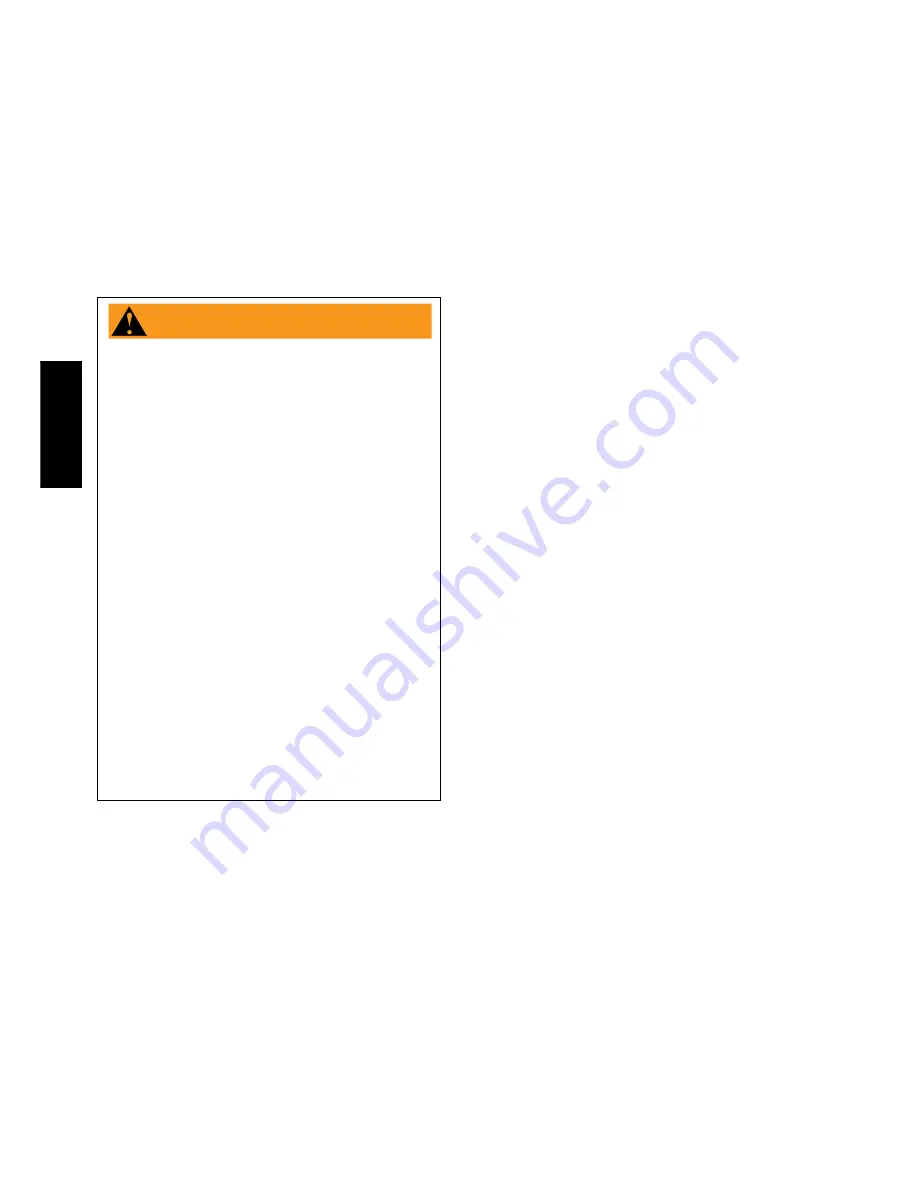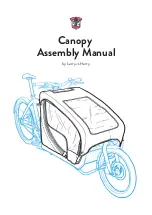
74
75
PART II
3. UndeRsTAndInG
ComPonenTs
It is often necessary to remove and disassemble
components in order to properly and carefully inspect
them. Most customers will use this component list as
a checklist. The intention here is to tell you what parts,
and what area of each part, most need inspection. Insist
that your mechanic do such inspections. Our intention is
definitely not to teach bicycle mechanics.
WARNING
fAIlURe To dIsAssemBle oR ReAssemBle
BICyCle ComPonenTs PRoPeRly CoUld ResUlT
In An ACCIdenT, WITh RIsk of seRIoUs InJURy,
PARAlysIs oR deATh.
There are many special tools and techniques
required. Unless you are a very experienced and
skilled bicycle mechanic, we urge you to have this
work done by a professional bicycle retailer.
If yoU see Any CRACk, oR AnyThInG yoU
ARe UnsURe of, PleAse TAke yoUR BICyCle
To A ReTAIleR. If yoU RIde A delAmInATed
oR CRACked fRAme/foRk/ComPonenT IT
mAy ComPleTely BReAk APART WITh RIsk
of ACCIdenT, seRIoUs InJURy, PARAlysIs oR
deATh.
If yoU hAve CARBon fIBeR ComPonenTs,
yoU mUsT ReAd PART II, seCTIon d. 2.
UndeRsTAndInG ComPosITes.
do noT ride any component with a crack, even a
small one. Replace the component before riding.
Break or saw in half any component you replace so
that no one uses it again.
■ Aftermarket “super light”
Components
Think carefully about your rider profile as outlined above.
The more you fit the “shorten product life” profile,
the more you must question the use of super light
components. The more you fit the “lengthen product
life” profile, the more likely it is that lighter components
may be suitable for you.
Discuss your needs and your profile very honestly
with your retailer. Take these choices seriously and
understand that you are responsible for the changes.
A great slogan to discuss with your retailer as you
consider changing components: “Strong, Light, Cheap
– Pick two.”
■ original equipment Components
Cannondale tests the fatigue life of many of the
components that are original equipment on your bike.
This means that the designs many original equipment
components have met our test criteria and have
reasonable fatigue life. It does not mean that the
original equipment components will last forever. They
will not.
■ stem
Clean and inspect carefully for cracks. Pay particular
attention to the underside of the stem. If the stem is of
welded construction, examine the edges of each weld.
See also the closely related handlebar section below.
■ handlebars
Remove from stem. With road bars, you will need to
remove the handlebar tape. Remove any handlebar
mounted components. Clean and inspect carefully for
cracks. Pay particular attention to the area where the
handlebar emerges from the stem. This is the area where
virtually all handlebars will eventually break. Periodic
replacement of all handlebars is strongly recommended.
How often they need to be replaced depends upon the
many factors outlined above.
Be sure that you do not scratch or score the surface
of the handlebars with either the stem or the brake
or shifter levers. As noted above, any such damage
will reduce the life of the handlebar and could lead to
breakage.
If you find that there is a sharp edge or burr on
the inside of the stem, right where the handlebars
emerge, it must be smoothed out with fine
sandpaper (220 grit or finer) before the new
handlebars are installed. Such a sharp edge or burr
could cause a scratching or scoring of the handlebar.
As noted above, any such damage will reduce the life
of the handlebar and could lead to breakage.
















































